How Many Blink Cameras Can You Have on One Module?
A control hub is crucial to any smart security system. Aside from being the heart and soul of the system, it makes interoperability possible, connecting one device to another to make a robust and cohesive security network. For Blink camera systems, the Sync Module serves this very purpose, orchestrating the seamless operation of multiple Blink devices and making remote monitoring and management possible.
While you might think you can connect all your Blink devices in your Sync Module, it has limitations. So, how many security cameras can you have on one module?
Understanding Blink Modules

A Sync Module is a central component of a Blink camera system, serving as a hub that connects Blink security cameras to your Wi-Fi network. It facilitates communication between the cameras and the Blink app, enabling remote monitoring and management of the cameras.
The Sync Module typically requires a power outlet for operation and is connected to your Wi-Fi network to handle activity for multiple Blink devices. It acts as a bridge between the cameras and your smartphone or other devices, allowing you to view live and recorded video footage, adjust camera settings, and receive notifications through the Blink app. However, certain Blink camera models, such as the Blink Video Doorbell, Wired Floodlight, and the Blink Mini Camera, do not require a Sync Module and can manage their own systems.
The Sync Module plays a crucial role in a Blink system by receiving video feeds from each camera and uploading the data to the cloud for storage and remote access. Some Sync Module 2 also features a port for local storage, allowing you to save footage directly onto a USB thumb drive with storage capacities of up to 256 gigabytes.
How Many Devices Can You Connect to a Blink Camera System?

Typically, a single Blink Sync Module can support up to ten cameras within a Blink camera system. However, it's essential to consider various factors that may impact the number of cameras that can be effectively connected to one Sync Module. These factors include the upload speed of your internet connection and the available storage space on your device.
Factors Affecting Your Blink Camera Limit
While the advertised capacity is up to 10 cameras per account, practical considerations may vary depending on individual circumstances. Here are some factors to consider before connecting multiple Blink cameras to your Blink Module:
Network and Wi-Fi Considerations

The strength and stability of your Wi-Fi network play a crucial role in determining how many cameras can connect to a single module. A strong Wi-Fi signal ensures reliable connectivity and smooth video streaming. Weak or unstable Wi-Fi signals can lead to connectivity issues, video buffering, and interruptions in footage transmission. Factors such as distance from the router, interference from other electronic devices, and physical obstructions like walls can all impact Wi-Fi signal strength.
Blink Camera Modules operate on a 2.4 GHz Wi-Fi band, so it's important to ensure that the router is set to the correct frequency. While the Sync Module doesn't support the 5.0 GHz band, many routers offer dual-band functionality, allowing both 2.4 GHz and 5.0 GHz bands to be utilized simultaneously.
Using a dual-band router ensures that internet connection speed isn't compromised for other devices while also ensuring the uninterrupted performance of the Blink cameras. This setup optimizes the functionality of the Sync Module and enhances the overall performance of any Blink camera connected.
Activity in Detection Zones

The level of activity in the cameras' detection zones also affects the performance of a Blink camera system. When multiple cameras are monitoring busy areas with high levels of activity, such as streets or intersections, it can lead to increased data processing and streaming demands. This heightened activity can strain the bandwidth and processing capabilities of the Sync Module, potentially causing delays in video streaming, missed footage, or connectivity issues. Proper placement and configuration of cameras to avoid overlapping detection zones can help mitigate these issues.
Type of Module

The type of Sync Module being used can influence the number of cameras it can support. For example, the original Sync Module is designed to accommodate up to 10 cameras, while certain cameras like the Blink Mini cameras don't require a Sync Module and can connect directly to the Wi-Fi network.
Sync Modules vary in their processing power, memory capacity, and compatibility with different camera models, which can impact their ability to handle multiple camera connections. Choosing the appropriate Sync Module based on your specific camera setup and requirements is essential for optimal performance.
Impact of Adding Multiple Cameras to A Single Sync Module
Adding multiple cameras to a single Blink module can have several impacts on the system's performance:
-
Bandwidth Consumption: Each camera linked to the module uses bandwidth for transmitting video footage. When multiple cameras are active simultaneously, this can strain the Wi-Fi network, potentially leading to sluggish or interrupted video playback.
-
Processing Capacity: The Blink module processes video feeds from all connected cameras. With too many cameras activated, the module may become overwhelmed, resulting in slowdowns. This could cause delays in alerts and compromise the system's ability to effectively detect and respond to security events.
How to Avoid Overloading Your Module with Multiple Blink Cameras
To prevent overloading your Blink module with multiple cameras, and ensure your home security system is in optimal conditions, here are a few tips:
-
Check Module Specifications: Review the manufacturer's guidelines to determine the maximum number of cameras supported by your Blink module. Ensure that you do not connect more than ten cameras to avoid overloading.
-
Assess Wi-Fi Strength: Ensure that your Wi-Fi network provides adequate coverage and signal strength throughout your property. Weak or unstable Wi-Fi signals can lead to connectivity issues and impact camera performance.
-
Optimize Camera Placement: Position your cameras strategically to minimize overlap in monitoring areas. This helps distribute the workload evenly across the module and prevents unnecessary redundancy.
-
Adjust Motion Detection Settings: Fine-tune motion detection sensitivity and activity zones to reduce the frequency of alerts and recordings. This helps minimize the amount of data transmitted to the module and conserves bandwidth.
-
Consider Additional Modules: If you need to expand your camera system beyond the capacity of a single module, consider adding additional Blink modules. Blink allows you to create multiple systems under one Blink account. This allows you to distribute the camera load and maintain optimal performance.
-
Regular Maintenance: Periodically check the health of your Blink module and cameras. Ensure that firmware updates are applied promptly and that devices are functioning correctly to prevent potential issues.
FAQ
Can you mix Blink indoor and outdoor cameras?
Yes, you can mix Blink indoor and outdoor cameras within the same system. Both types of cameras are compatible with Blink Sync Modules and can be used together seamlessly.
Can you use 2 Blink sync modules together?
Yes, you can use multiple Blink Sync Modules under the same account to expand your coverage and use more than 10 cameras simultaneously. However, you cannot string them together to extend your range or connectivity as they function separately from one another.
What's the difference between Blink sync Module 1 and 2?
While both modules support up to 10 devices, Sync Module 2 offers additional features. It includes a USB port for local storage of motion clips. In contrast, the original Sync Module's USB port is solely for testing purposes and doesn't support clip storage.
Do I need 2 Blink modules?
It depends on your camera setup and coverage needs. If you require more than 10 cameras in your system, or if you prefer to distribute cameras across multiple modules for redundancy, you may need 2 Blink modules.
Can I add more than 10 cameras to Blink?
Yes, you can add more than 10 cameras to Blink by using multiple Sync Modules. Each Sync Module can support up to 10 cameras.


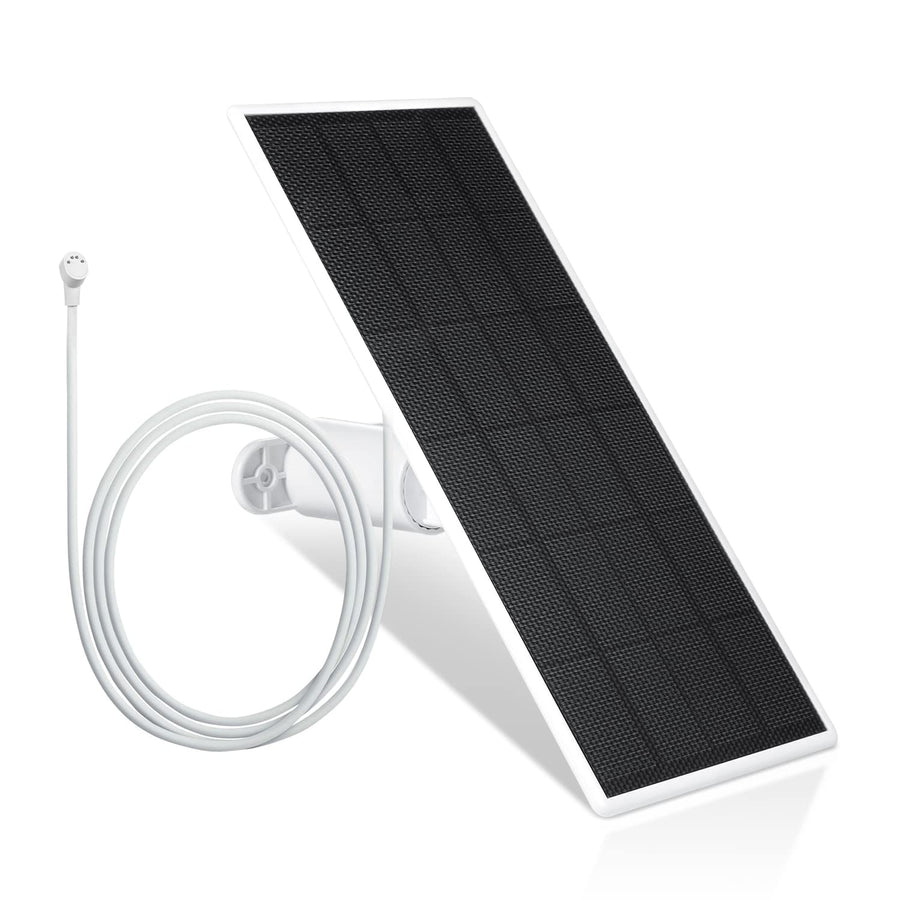
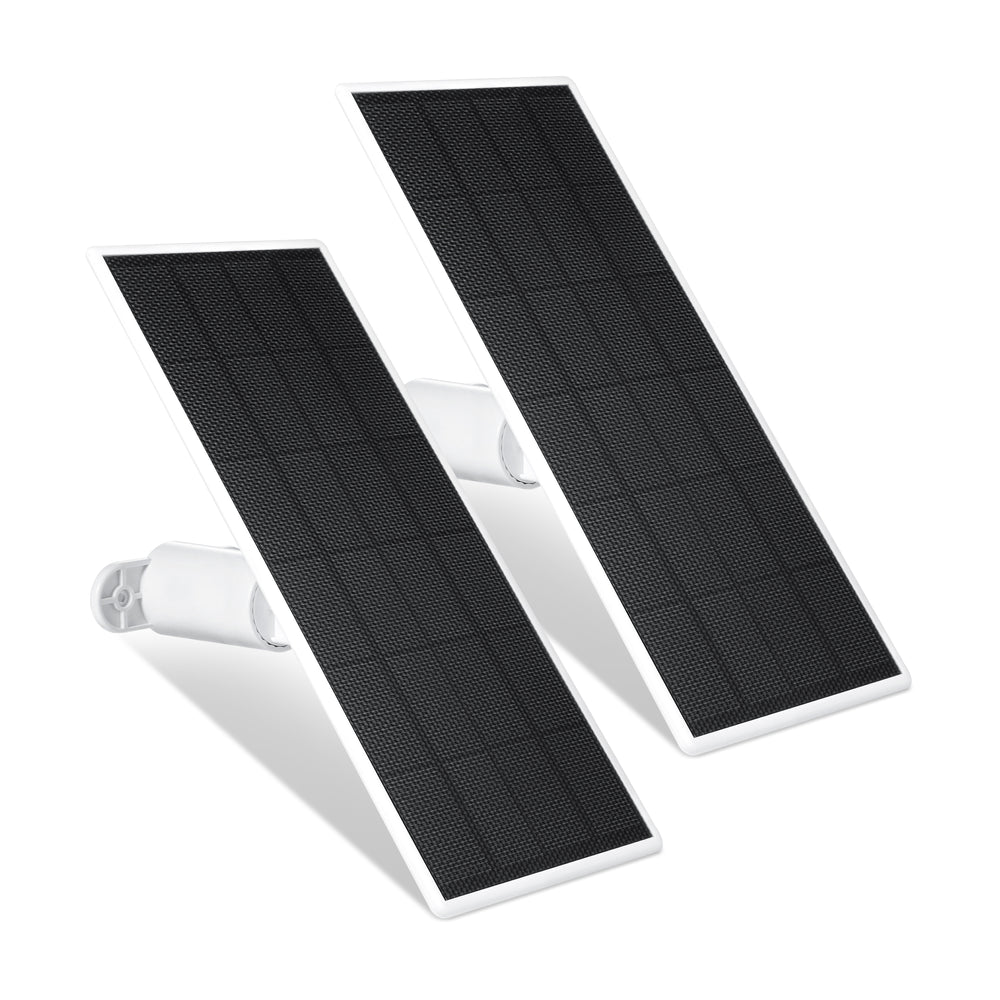
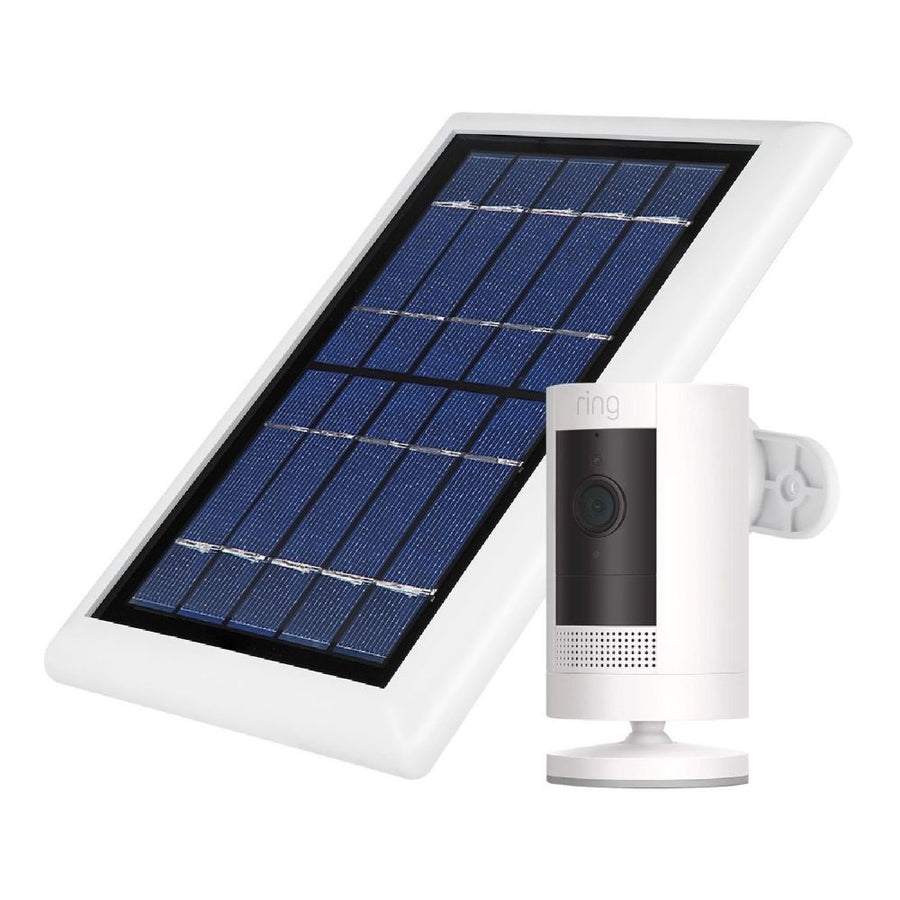
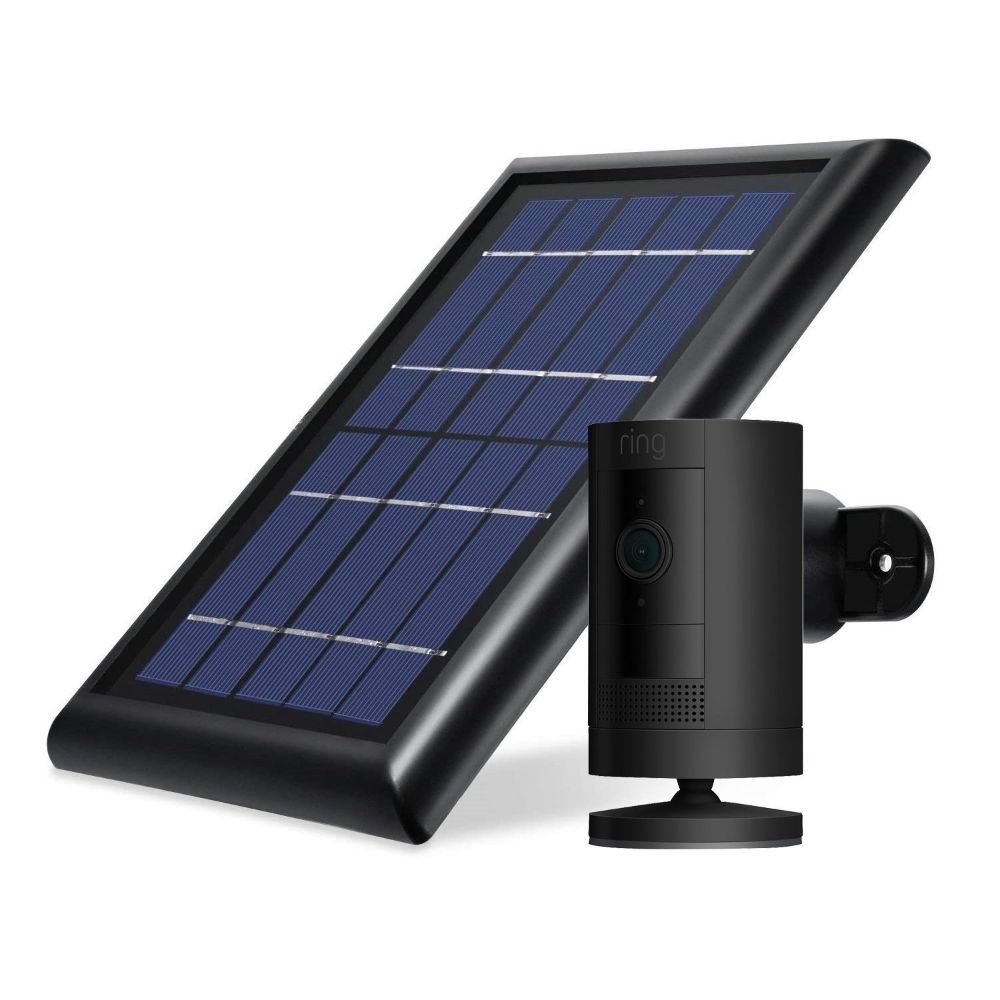
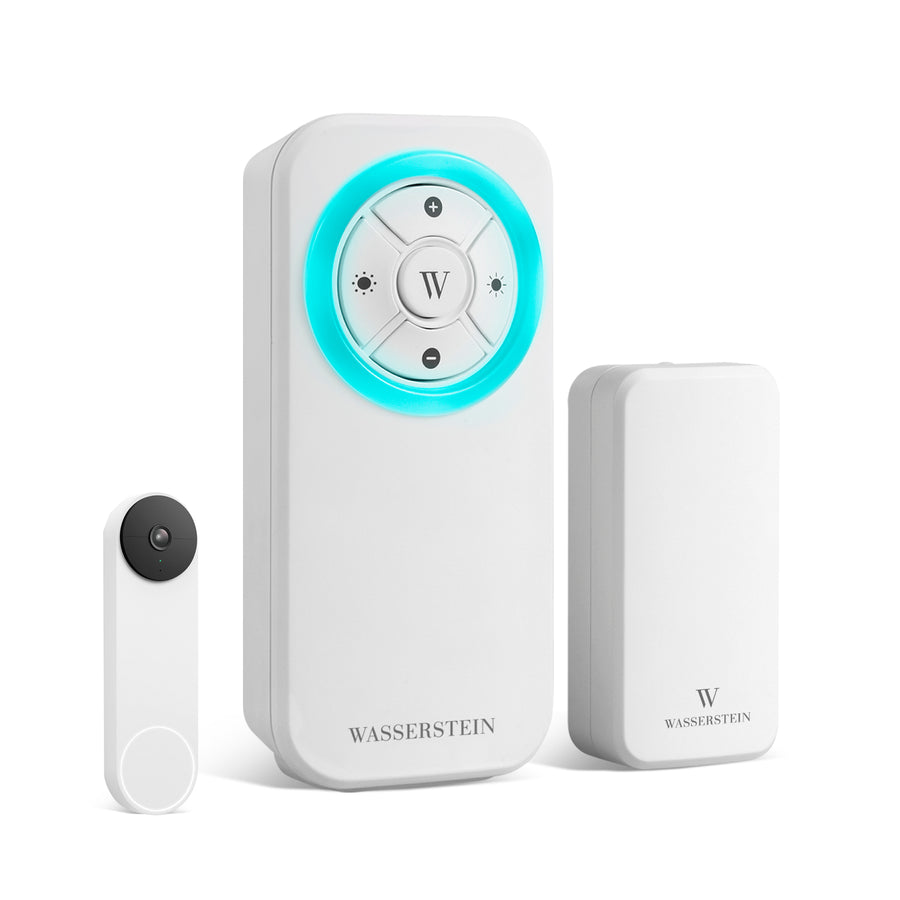
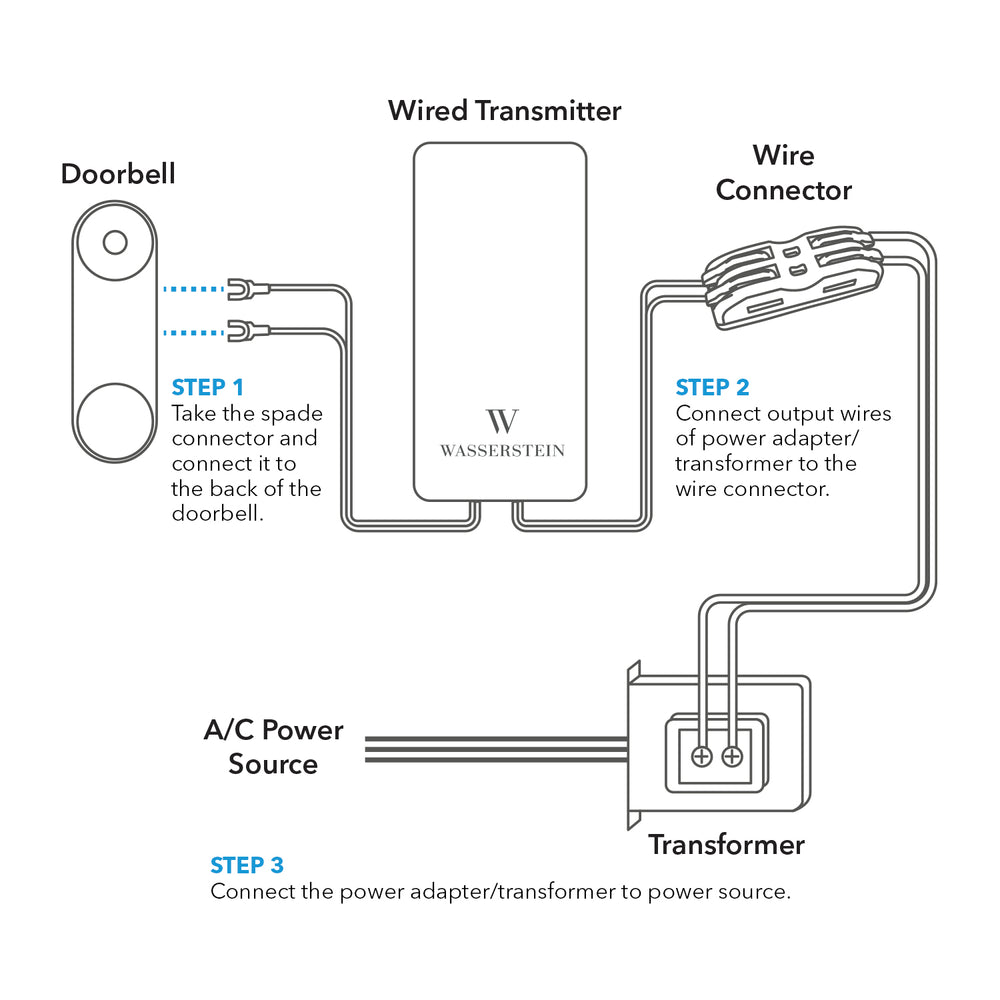
Leave a comment